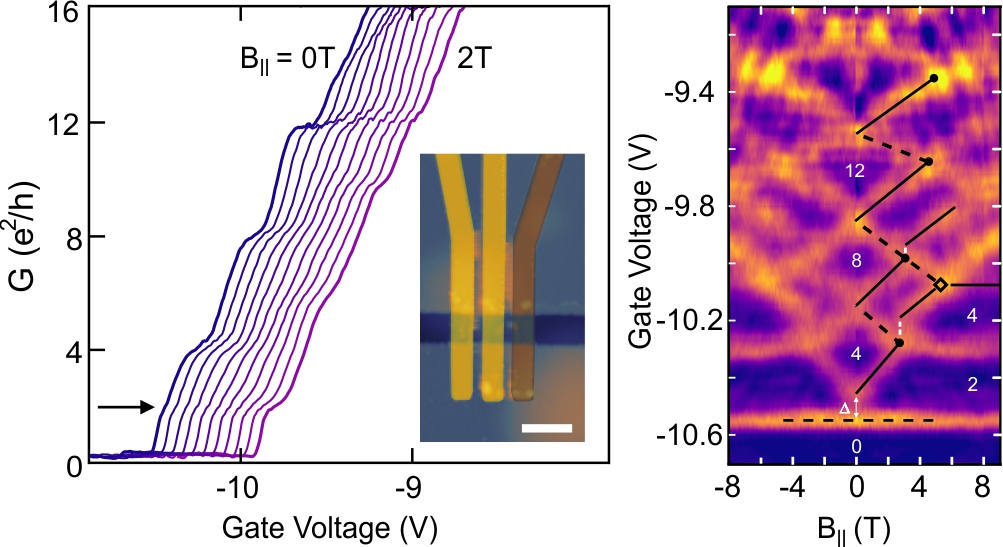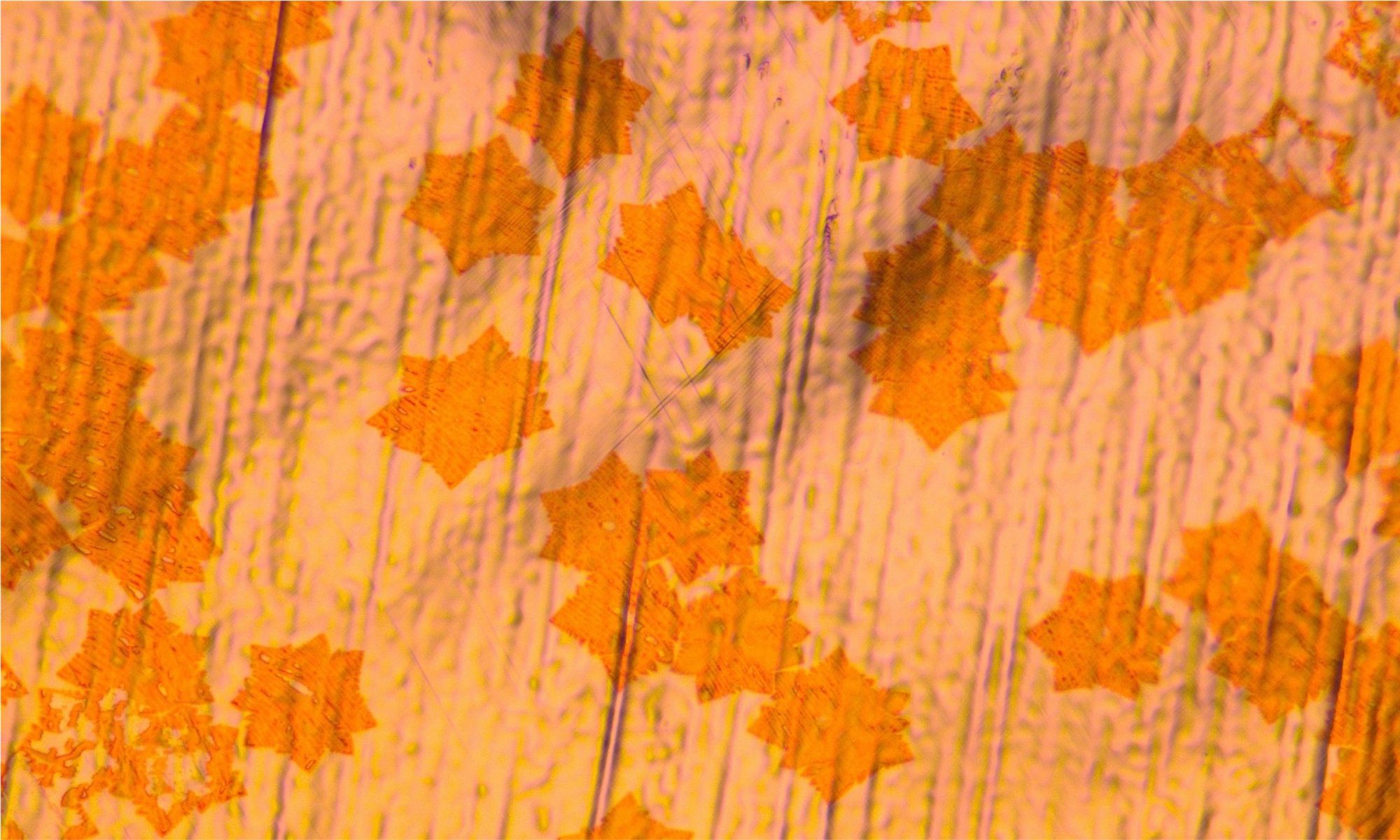Banszerus and coworkers have reported the first experimental observation of the spin-orbit gap in bilayer graphene.
The existence of spin-orbit (SO) effects in graphite is known since the work of Dresselhaus and Dresselhaus in 1965 [1], but these effects have been mostly disregarded because they are small and overwhelmed by larger ones due to the coupling between the different graphitic planes. The interest into the topic has been raised again in 2005, when Kane and Mele predicted that in a single graphene sheet the spin-orbit coupling gives rise to a topological ground state characterized by “spin filtered” edge states, and by a (tiny) gap in the bulk [2]. It took, however, more than thirteen years before the spin-orbit gap could be measured in monolayer graphene, giving a value around 40 μeV [3].

A similar effect is expected also in bilayer graphene (BLG), but up to now the gap could not be determined experimentally. Measuring these small energy scales is in fact extremely challenging. The trick used by Banszerus and co-workers, is to exploit quantization effects in a quantum point contact in BLG. Starting from a heterostructure formed by BLG encapsulated in hexagonal boron nitride, the authors have used a combination of graphite and metallic gates to form a channel approximately 250 nm wide. Additional metallic finger-gates across the channel allowed to locally tune the Fermi energy and thus the number of open modes into the quantum point contact, giving rise to a characteristic step-like structure in the conductance, with steps of height 4e2/h. The presence of the spin-orbit coupling in BLG appears as a feature at 2e2/h, caused by the splitting of the first subband at zero magnetic field.
Studying the splitting and the crossing of the subbands as a function of in-plane magnetic field, Banszerus and co-workers have been able to accurately determine the energy scales associated with the system, including the splitting of the first subband at zero magnetic field caused by the spin-orbit interaction. The latter ranges from 40 to 80 μeV, in good agreement with the values reported for monolayer graphene, and it shows a monotonic dependence on the displacement field. “This tunability of the spin-orbit gap is surprising and very fascinating.”, says Prof. Christoph Stampfer, head of the group that performed the experiment at RWTH Aachen University. “We suspect that this is related to the substrate, but we do not yet know for sure. Independently, the tunability is interesting for spintronic applications such as spin-based field effect transistors, spin valves or more exotic devices.”
“Even if they are weak, spin-orbit effects in graphene are extremely interesting because they give rise to a topologically robust quantum spin Hall effect”, says Fabian Hassler, Professor for Theoretical Physics at RWTH Aachen University and co-author of the paper. “Combined with superconducting leads and in-plane magnetic fields such a system could give rise to Majorana zero modes, which are promising carriers of quantum information. Probing such Majorana zero modes is one of the scientific goals of the Cluster of Excellence Matter & Light for Quantum Information (ML4Q)”.
The results have been published in Physical Review Letter [4].
[1] Dresselhaus and Dresselhaus, Phys. Rev. 140, A401 (1965).
[2] Kane and Mele, Phys. Rev. Lett. 95, 226801 (2005).
[3] Sichau et al., Phys. Rev. Lett. 122, 046403 (2019).
[4] Banszerus et al., Phys. Rev. Lett. 124, 177701 (2020).
Bibliographic information:
Observation of the Spin-Orbit Gap in Bilayer Graphene by One-Dimensional Ballistic Transport
L. Banszerus, B. Frohn, T. Fabian, S. Somanchi, A. Epping, M. Müller, D. Neumaier, K. Watanabe, T. Taniguchi, F. Libisch, B. Beschoten, F. Hassler, and C. Stampfer
Physical Review Letters 124, 177701 (2020).
DOI: https://doi.org/10.1103/PhysRevLett.124.177701
